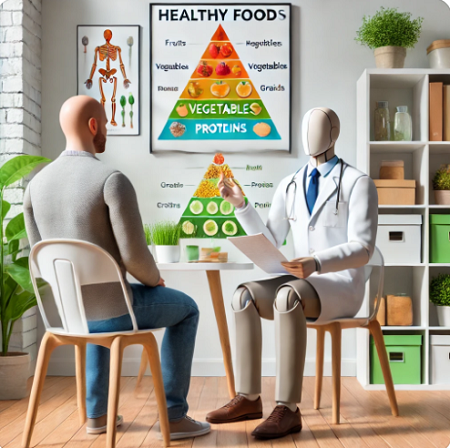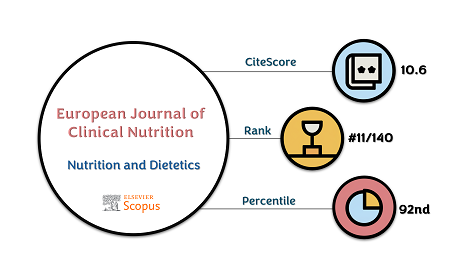Naja F, Taktouk M, Matbouli D, Khaleel S, Maher A, Uzun B, Alameddine M, Nasreddine L. Artificial intelligence chatbots for the nutrition management of diabetes and the metabolic syndrome. European Journal of Clinical Nutrition. 2024 Oct;78(10):887-96.
The research focuses on the application of Artificial Intelligence (AI) chatbots, such as ChatGPT, in the nutritional management of Type 2 Diabetes (T2DM) and Metabolic Syndrome (MetS). The study aims to assess the accuracy, quality, and clarity of ChatGPT’s dietary recommendations in alignment with established guidelines, particularly those from the Academy of Nutrition and Dietetics.

Despite these limitations, the AI-generated responses were rated as good or excellent in terms of clarity and practicality. The study concludes that while AI chatbots like ChatGPT hold potential as tools for nutrition education, healthcare professionals must remain cautious, ensuring that these technologies are not solely relied upon for critical clinical decision-making.
Dr. Berna Uzun is an academic member of Near East University Faculty of Arts and Sciences Department of Mathematics and Operational Research Center in Healthcare. For those interested in further exploring the intersection of AI and nutrition or potential collaborations in this field, please contact Dr. Berna Uzun ([email protected]) .
Abstract

Objective: The study aims to evaluate ChatGPT’s accuracy and quality/clarity in providing nutritional management for Type 2 Diabetes (T2DM), the Metabolic syndrome (MetS) and its components, in accordance with the Academy of Nutrition and Dietetics’ guidelines.
Methods: Three nutrition management-related domains were considered: (1) Dietary management, (2) Nutrition care process (NCP) and (3) Menu planning (1500 kcal). A total of 63 prompts were used. Two experienced dietitians evaluated the chatbot output’s concordance with the guidelines.
Results: Both dietitians provided similar assessments for most conditions examined in the study. Gaps in the ChatGPT-derived outputs were identified and included weight loss recommendations, energy deficit, anthropometric assessment, specific nutrients of concern and the adoption of specific dietary interventions. Gaps in physical activity recommendations were also observed, highlighting ChatGPT’s limitations in providing holistic lifestyle interventions. Within the NCP, the generated output provided incomplete examples of diagnostic documentation statements and had significant gaps in the monitoring and evaluation step. In the 1500 kcal one-day menus, the amounts of carbohydrates, fat, vitamin D and calcium were discordant with dietary recommendations. Regarding clarity, dietitians rated the output as either good or excellent.
Conclusion: Although ChatGPT is an increasingly available resource for practitioners, users are encouraged to consider the gaps identified in this study in the dietary management of T2DM and the MetS.
